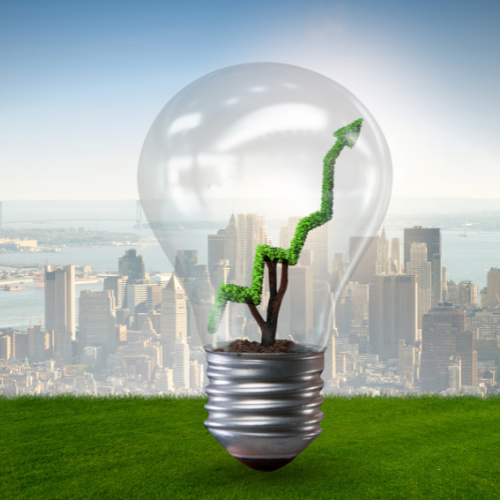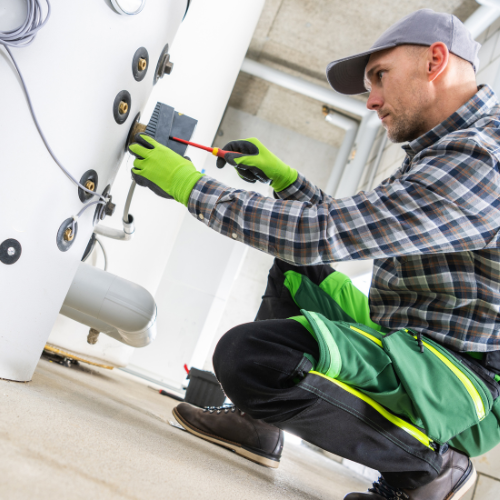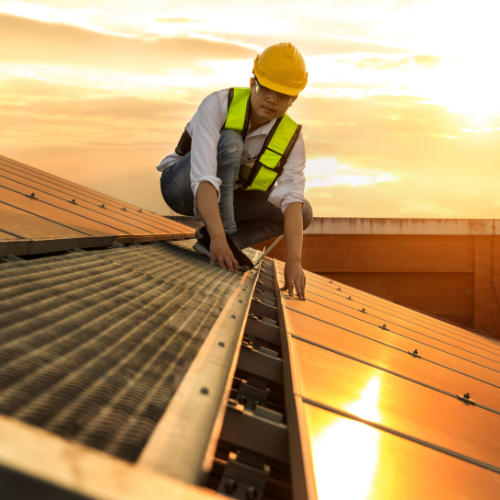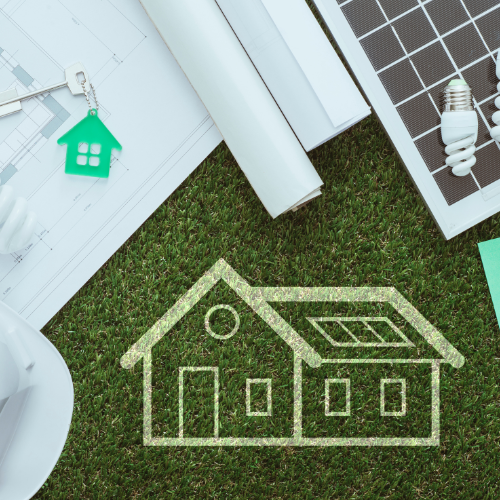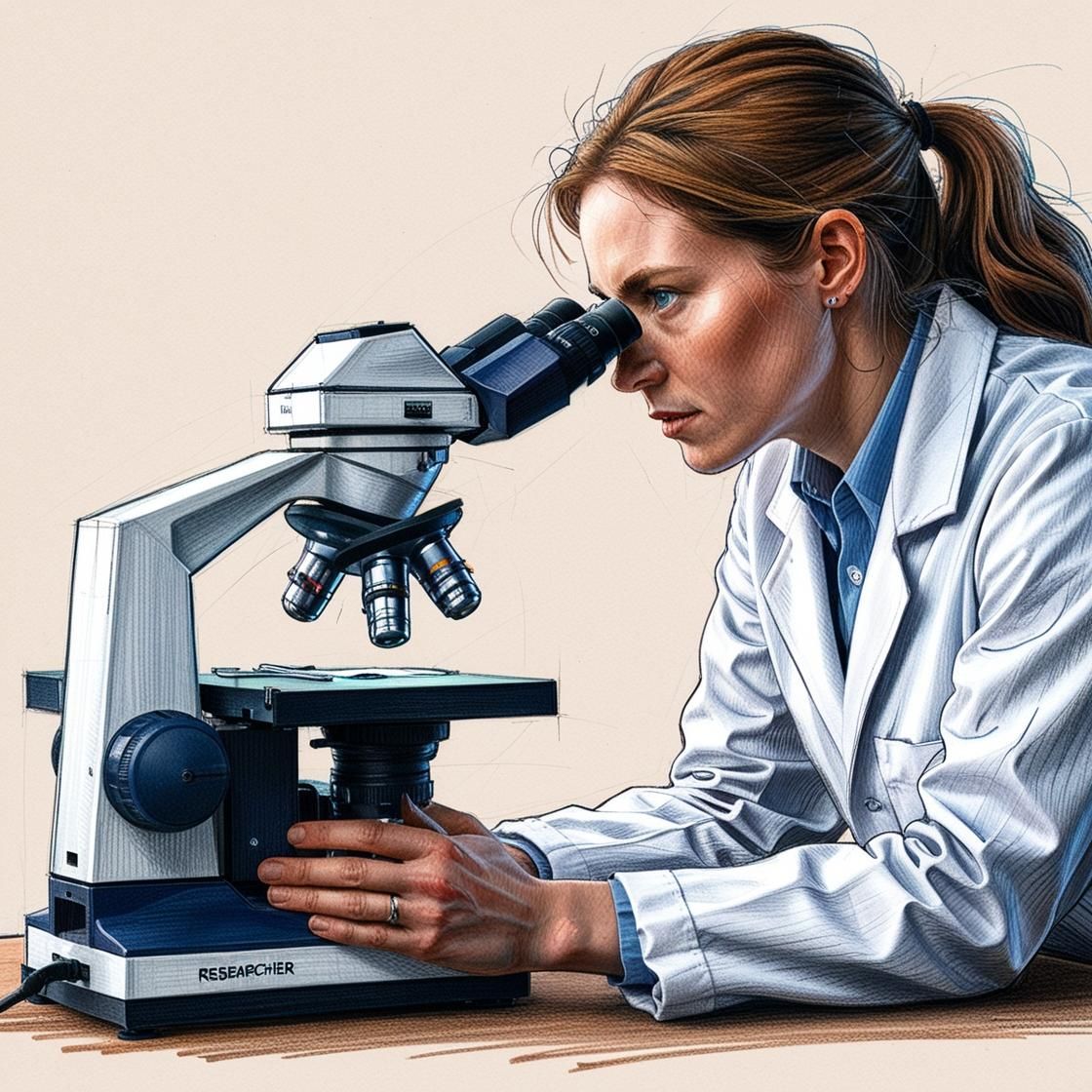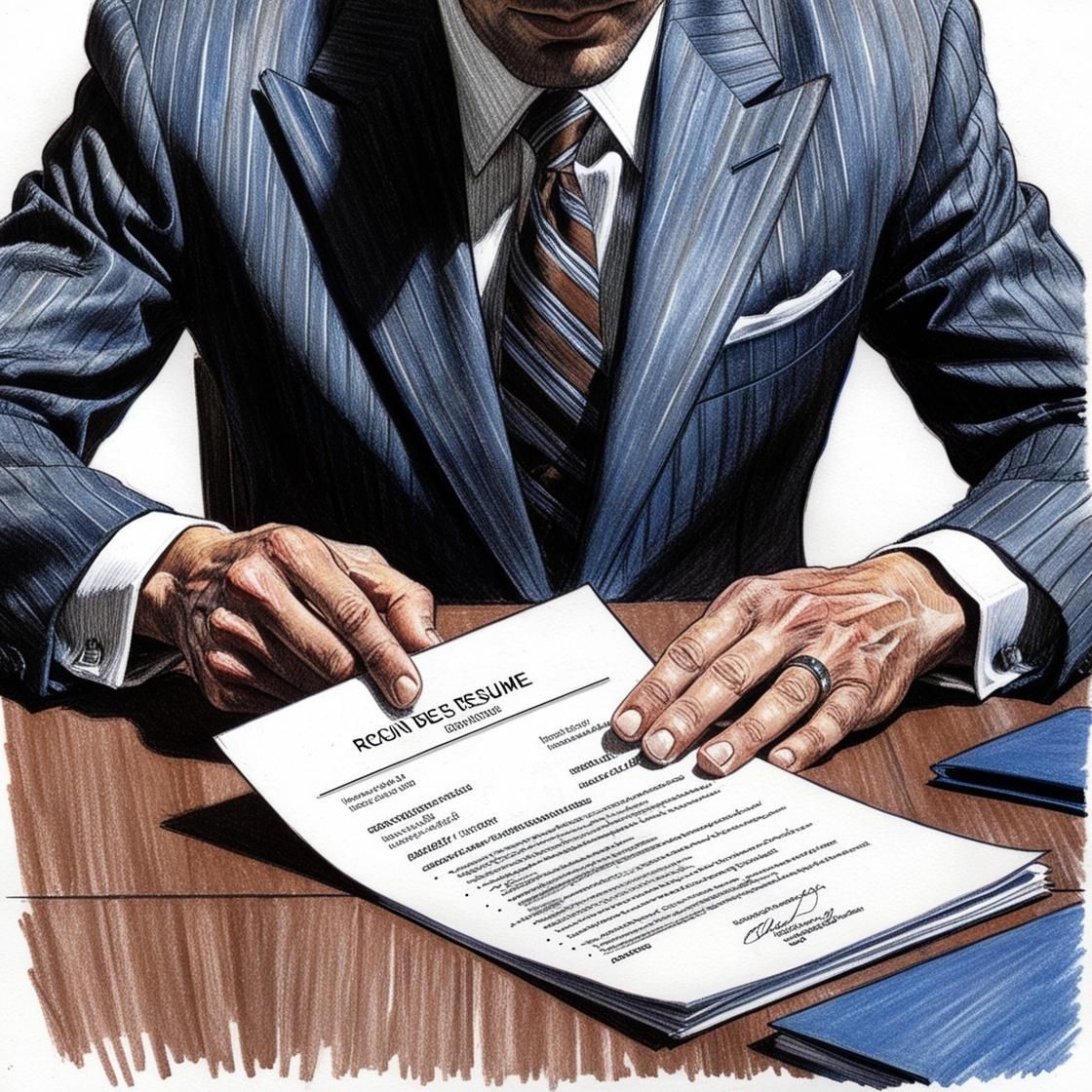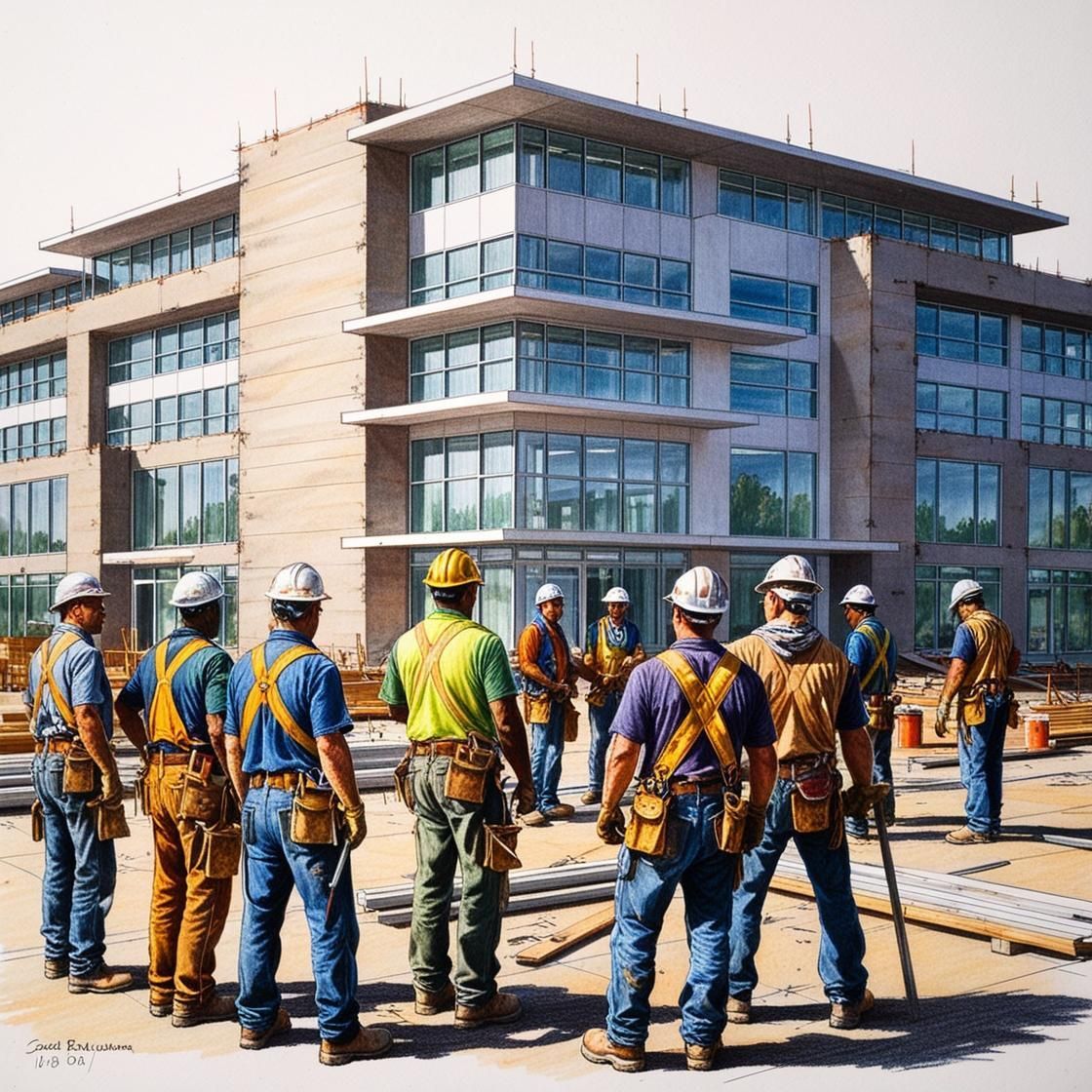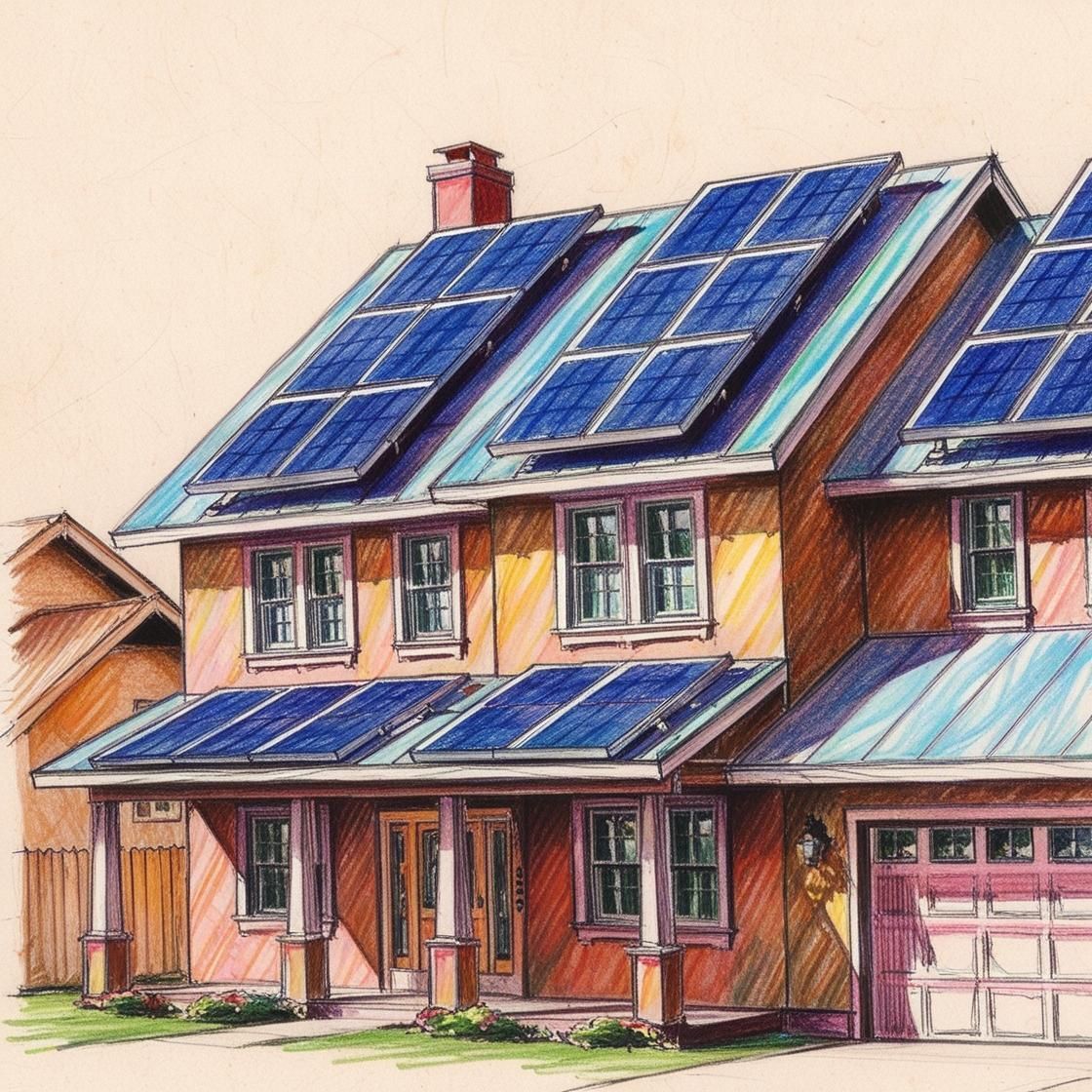§179D Tax Deduction
For Energy-Efficient Commercial Buildings
What is the §179D Tax Deduction for Energy-Efficient Buildings?
The §179D tax deduction, also known as the Energy-Efficient Commercial Buildings Deduction, is a federal tax incentive in the United States aimed at encouraging the construction or renovation of energy-efficient commercial buildings. It was established under the Energy Policy Act of 2005 and has been extended and modified several times since then.
Under this deduction, building owners or tenants can claim a tax deduction for installing certain energy-efficient systems and improvements in commercial buildings. These systems include heating, ventilation, air conditioning (HVAC), lighting, and building envelope improvements that meet specific energy efficiency criteria.
The deduction allows building owners to deduct up to $1.80 per square foot of the building's floor area for qualifying energy-efficient improvements that reduce the total energy and power costs by 50% in comparison to a building meeting minimum requirements set by ASHRAE Standard 90.1 for buildings placed in service in 2020 or prior. However, the actual deduction amount depends on the energy efficiency level achieved by the building. For example, partial deductions are available for improvements that meet certain criteria but fall short of the full requirements.
To claim the deduction, building owners or tenants must obtain certification from a qualified individual or organization verifying that the building meets the energy efficiency criteria set by the IRS. This certification typically involves an energy simulation or modeling analysis to demonstrate compliance with the required standards.
The §179D deduction is intended to incentivize energy efficiency in commercial buildings, reduce energy consumption, and promote environmentally sustainable construction practices. It can provide significant tax savings for eligible building projects and is often utilized by businesses, real estate developers, and building owners seeking to lower their tax liabilities while investing in energy-efficient building solutions. It's also worth noting that the Section 179D deduction is not just for building owners. Certain designers, such as architects, engineers, and contractors, can also take this deduction for public buildings, such as schools or government offices.
This deduction amount ranges have been adjusted for inflation as follows:
2021
$0.61 / sqft up to $1.82/sqft
2022
$0.63/sqft up to $1.88/sqft
2023
$2.68/sqft up to $5.36/sqft
Eligible building systems include the building envelope, interior lighting systems, heating, cooling, ventilation, and hot water system.
| Date Placed in Service | Applicable Reference Standard 90.1 | ||
|---|---|---|---|
| Before 01/01/2015 | Reference Standard 90.1-2001 | ||
| After 12/31/2014 and before 01/01/2027* | Reference Standard 90.1-2007 | ||
| After 12/31/2026* | Reference Standard 90.1-2019 |
* Taxpayers who begin construction before 01/01/2023 may apply Reference Standard 90.1-2007 regardless of when the building was placed in service.
Determining Eligibility of the EPAct 179D Tax Deduction
Building Classification
Ensure that the building in question is classified as a commercial building. Residential properties are not eligible for EPAct deductions.
Energy Efficiency Standards
Confirm that the building meets certain energy efficiency standards. These standards are defined by the American Society of Heating, Refrigerating and Air-Conditioning Engineers (ASHRAE). The building must either exceed the ASHRAE 90.1-2001 standards (for buildings placed in service before 2016) or meet the ASHRAE 90.1-2007 standards (for buildings placed in service after 2015).
Certification
Obtain a third-party certification to verify that the building meets the energy efficiency requirements. The certification should be conducted by a qualified individual or organization, such as a licensed engineer or contractor.
Eligible Systems
Identify which building systems qualify for deductions. These typically include the building envelope (roof, walls, windows), HVAC (heating, ventilation, and air conditioning) systems, and lighting systems.
Deduction Amount
Determine the potential deduction amount. The maximum deduction is $1.80 per square foot of the building if all eligible systems meet the energy efficiency requirements. If only certain systems meet the requirements, partial deductions may apply.
Documentation
Keep thorough documentation of the building's energy efficiency improvements, including construction plans, energy modeling reports, and certification documents. This documentation will be needed when claiming the deductions on your tax return.
Tax Filing
When filing taxes, use IRS Form 8900 to claim the EPAct Section 179D deductions. Provide all required documentation and ensure accurate reporting of the deduction amount.
For Designers
- Firms structured as a pass-through entity, including S-Corps, LLCs, LLPs and partnerships, can take advantage of the EPAct 179D tax deduction up to the amount of shareholder “basis” or retained earnings.
- Deductions taken in excess of basis are exercised at a reduced amount.
- Past three tax years’ returns can be amended to claim the EPAct 179D deduction, potentially generating a refund from the IRS.
Which Buildings Qualify for 179D Tax Deductions?
Buildings that qualify for EPAct Section 179D tax deductions include commercial buildings that meet specific energy efficiency standards. Here's a breakdown:
Commercial Buildings
EPAct Section 179D applies to commercial buildings, which include a wide range of structures such as office buildings, retail stores, warehouses, hotels, restaurants, and institutional buildings (schools, hospitals, etc.).
Location
Must be located in the United States.
New Construction, Renovations, and Retrofits
EPAct Section 179D applies to both new construction and renovations or retrofits of existing buildings. As long as the building meets the energy efficiency standards specified under the law, it can qualify for deductions.
Energy Efficiency Standards
Buildings must meet certain energy efficiency standards established by the American Society of Heating, Refrigerating and Air-Conditioning Engineers (ASHRAE). The building must either exceed the ASHRAE 90.1-2001 standards (for buildings placed in service before 2016) or meet the ASHRAE 90.1-2007 standards (for buildings placed in service after 2015).
Certification Requirement
To claim EPAct Section 179D deductions, the building owner must obtain a certification from a qualified individual or organization licensed in the same jurisdiction as the proposed building, confirming that the building meets the energy efficiency requirements. This certification typically involves an inspection and energy modeling to assess the building's performance.
Lighting Rules
In addition, the IRS provides Interim Lighting Rules as an alternative method of evaluation. These rules allow a watts-per-square-foot calculation or a lighting-power-density calculation to be used in lieu of modeling when measuring energy efficiency.
Public Buildings
In the case of government-owned buildings, the tax deduction can be allocated to the person(s) primarily responsible for the design of the energy-efficient components of the building, such as architects, engineers, or contractors.

If your design doesn't meet the 50% energy savings, it could still qualify for a partial deduction if they meet the following criteria:
Lighting ≥ 25% = $0.60
Lighting > 25% = $.60Furthermore, the IRS offers Interim Lighting Rules as an alternative assessment approach. These regulations permit the utilization of either a watts-per-square-foot calculation or a lighting-power-density calculation instead of modeling to gauge energy efficiency.
Post-2022, in order to be eligible for a complete or retrofit deduction, the energy-efficient building property must satisfy the subsequent conditions:
Retrofit Projects
This alternative deduction hinges on reducing the energy use intensity of the current building. To qualify, a minimum of 25% savings must be attained through the approved retrofit plan, which must be certified by a licensed professional engineer or registered architect.
Moreover, this deduction is applicable only to buildings that were originally put into service at least 5 years before the qualified retrofit plan is established. Taxpayers can claim the retrofit deduction only after the equipment has been in operation for at least one year and the project yields expected reductions in energy use intensity (EUI).
Following the implementation of the retrofit plan, the architect or engineer must provide a "final certification" of the EUI one year later to demonstrate the efficiency improvement.
Specialized Tax Incentives
CG Moneta Consulting offers an array of specialized tax incentive services that align with the leading firms nationwide, ensuring comprehensive support and significant benefits for businesses across all industries and sizes. Our team combines expertise, industry knowledge, and innovative strategies to deliver tailored solutions that optimize tax incentives and maximize savings. Whether it's Cost Segregation, Research & Development Tax Credits, Energy Efficiency Deductions, or other specialized incentives, we provide thorough analysis, meticulous documentation, and strategic guidance to help businesses unlock their full tax-saving potential. With a commitment to excellence and a focus on client success, CG Moneta Consulting stands as a trusted partner for businesses seeking to navigate the complex landscape of tax incentives and realize substantial financial benefits.


